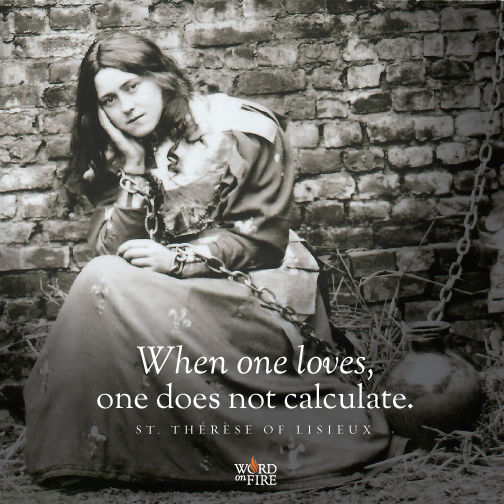Catholic Liturgy/Mass
Tuesday Noon
Saturday 4 p.m.
Do You Know
Shrine: 520.351.3351
Road Conditions: 520.351.3351
SPECIAL MASS WITH FR. SHOWRI
FRIDAY NOVEMBER 28th @ 1:00 p.m.


STORIES OF FREEDOM
TAPS ON MOUNT LEMMON
Inside the Shrine to Mary Undoer of Knots is a Veterans Memorial. Underneath its Ramada is a labyrinth with over 3,000 clay bricks enshrining the names of military veterans living and deceased. In honor of the veterans Taps is sounded at the end of each day.
The American origins of “Taps,” the distinctive bugle melody played at U.S. military funerals and
memorials and as a lights-out signal to soldiers at night, dates back to the American Civil War.
In July 1862, U.S. General Daniel Butterfield and his brigade were camped at Harrison’s Landing, Virginia, recuperating after the Seven Days Battles near Richmond at this time Butterfield reworked an existing bugle call used to signal the end of the day. Taps quickly spread throughout the Army, and even caught on with the Confederates.
Not long after Butterfield created “Taps,” it was played for the first time at a military funeral, for a Union cannoneer killed in action. The man’s commanding officer, Captain John Tidball, decided the bugle call would be safer than the traditional firing of three rifle volleys over the soldier’s grave, a move which couldn’t been confused by the nearby enemy as an attack. Oliver Willcox Norton recalled his experience as the first bugler to play Taps for a funeral later in his life:
“During the early part of the Civil War I was bugler at the Headquarters of Butterfield’s Brigade and one day, General Daniel Butterfield sent for me, and showing me some notes on a staff written in pencil on the back of an envelope, asked me to sound them on my bugle The music was beautiful on that still summer night, and was heard far beyond the limits of our Brigade.”
As for the name “Taps,” the most likely explanation is that it comes from the fact that prior to
Butterfield’s bugle call, the lights-out call was followed by a Drum Tattoo, dubbed the “Drum Taps,” as
well as “The Taps” and then simply “Taps.”
When Butterfield’s call replaced the drum beats, soldiers referred to it as “Taps.” In 2012 Congress recognized “Taps” as the “National Song of Remembrance. Of all the military bugle calls, none is so easily recognized or more apt to evoke emotion than Taps. As its sound echoes on Mount Lemmon, our history of honoring those who have and those who are ensuring our freedom resonates at 8,100’.
Chaplain Corps Prints

Many years ago (during the war in Vietnam) the U.S. Army Chaplain Board produced a series of prints called “History of the Chaplaincy.” A few years later, a second set was produced called, “Chaplain Activities.” “Both these sets were prepared for the purpose of supplying … display materials on the Army Chaplaincy.” Another individual print was released in 1973 titled “The Airborne Chaplain.” Occasionally, you can still find them hanging on the walls of chapels on Army posts, often faded from years in the Sun. If you’re fortunate enough to find sets of them still tucked away in their envelopes, you get a beautiful set of un-faded prints which pictorially show the history and activity of Army Chaplains.
ST. THERESE OF LISIEUX
True freedom comes from interior love of God, which is the primary aim for all those who visit the Shrine. Learn about one of Catholicism's favorite saints, and see how she found true freedom even by living within her convent.








